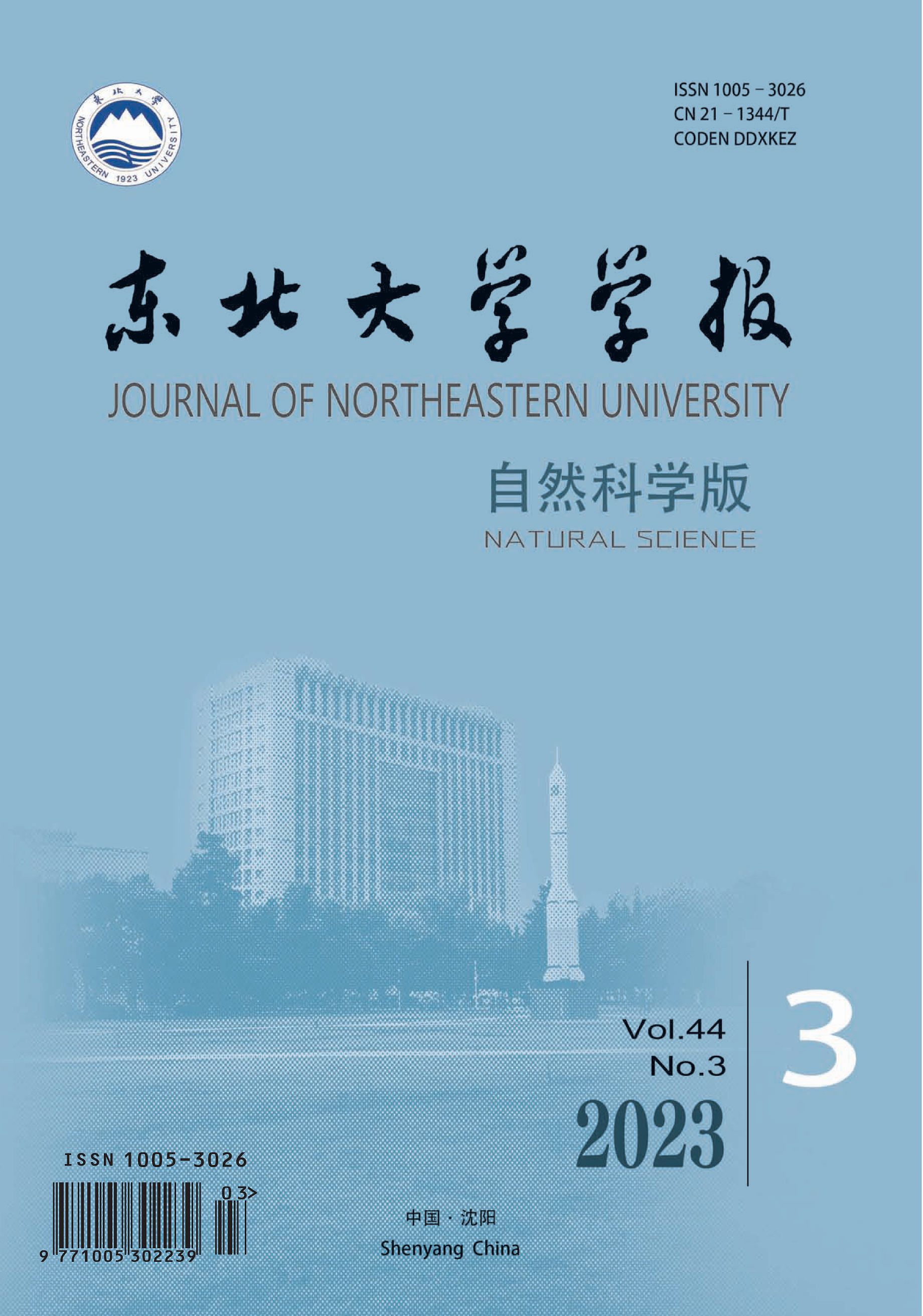|
|
An empirical research on the effect of CSR on CFP - Based on listed companies in China
Zhang, Lan-Xia (1); Yuan, Dong-Nan (2); Niu, Dan (1); Jin, Yue (1)
2011, 32 (2):
292-296.
DOI: -
Based on the theory of stakeholders, a model of the effect of corporate social responsibility(CSR) on corporate financial performance(CFP) was developed with ROA (return on assets) as the dependent variable, and the scale, trade and ownership of a company as the controlling variables, and some hypotheses were suggested. To verify the model and hypotheses, the data of 1000 listed companies in China from 2003 to 2008 was used for statistical analysis. The results indicated that those companies didn't pay close attention to their downstream customers and governments though they took well the CSR for their creditors, employees and upstream suppliers. In addition, the scale of a company and what trade it was making affect CFP to a certain extent, while the ownership affected it unobtrusively. The current CFP of those companies was positively affected obviously by how they did in CSR currently and previously. Meanwhile, it was found there was a multicollinearity between the CSRs in different periods, and the influences of CSR on current CFP of China's listed companies on different scales and in different trades were not the same.
References |
Related Articles |
Metrics
|

